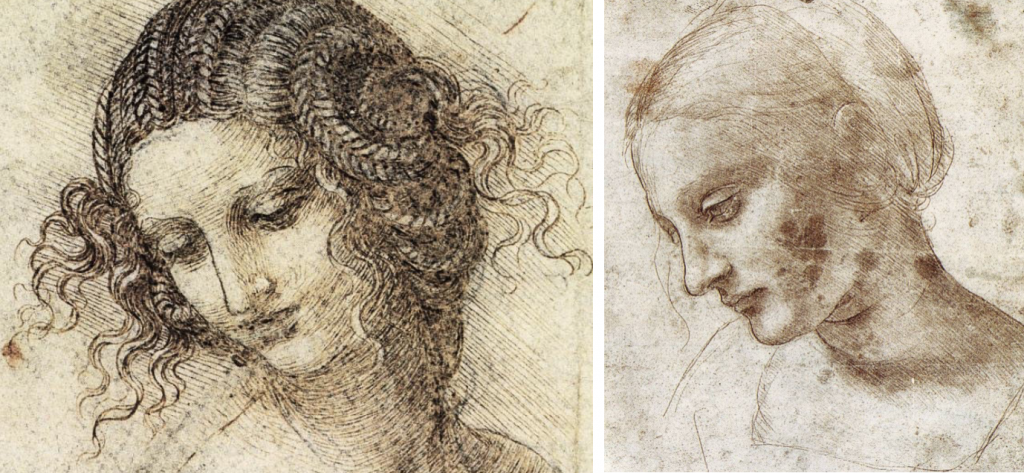Leonardo’s final resting place, he died of a stroke here in 1519. While he was heralded in life as a great man of the Renaissance, his astronomical studies remained largely unknown due to his leaving many of his notes unpublished. As a result, many of Leonardo’s discoveries regarding the solar system—the physical features of the sun and moon, various phenomena of optics, and astronomy-related inventions and experiments—were lost and rediscovered later, resulting in the credit going to other great scientists. However, these discoveries were over a hundred years after da Vinci’s lifetime, slowing the progress of knowledge about the universe we live in.
Works Cited:
Leonardo, & Richter, Jean Paul. (1883). The literary works of Leonardo da Vinci. S. Low, Marston, Searle & Rivington.
Welther, B. L. (1999, October). Leonardo da Vinci and the Moon : The famous Renaissance artist and scientist made an insightful interpretation about our nearest neighbor in...
more
 Da Vinci and the Renaissance is a fully cross-disciplinary study-abroad program that explores the transition from the medieval period to the Renaissance across multiple subjects (art, architecture, engineering, science and more), laying out how much of what we take for granted today about technology or about the human subject were implemented in this rich period, especially in Italy.
Da Vinci and the Renaissance is a fully cross-disciplinary study-abroad program that explores the transition from the medieval period to the Renaissance across multiple subjects (art, architecture, engineering, science and more), laying out how much of what we take for granted today about technology or about the human subject were implemented in this rich period, especially in Italy.